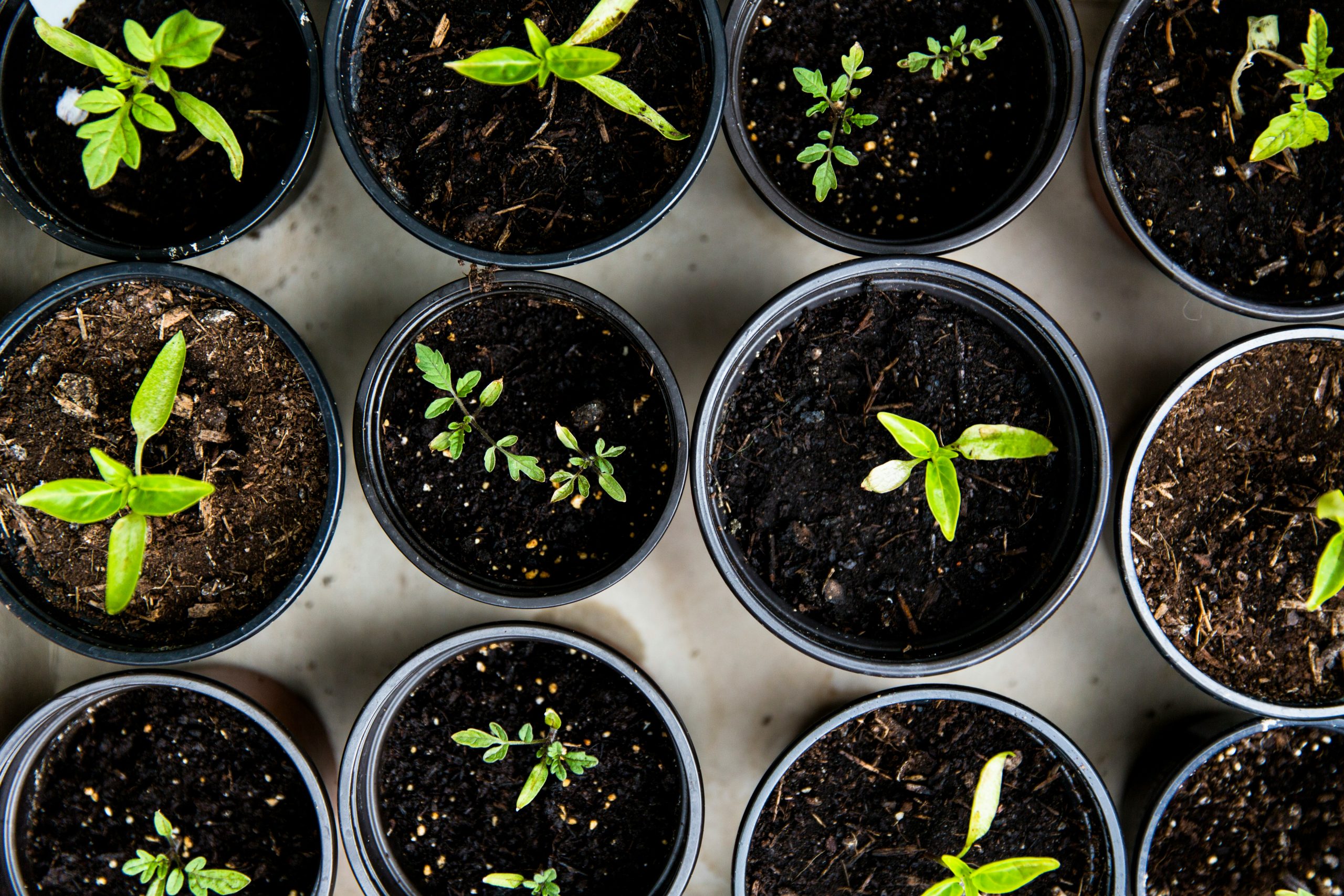The Art of Intentional Living: 10 Lifestyle Changes That Will Transform Your 2025
Embracing a More Purposeful Way of Life in the Modern World
In a world that moves at breakneck speed, the concept of intentional living has emerged as a powerful antidote to the chaos of modern existence. As we navigate through 2025, more people are discovering that true fulfillment doesn’t come from doing more, but from living with greater purpose and awareness. This comprehensive guide explores the transformative lifestyle changes that are helping millions create more meaningful, balanced, and joyful lives.
Intentional living isn’t about perfection or following rigid rules. It’s about making conscious choices that align with your values, prioritizing what truly matters, and creating space for the experiences that bring genuine satisfaction. The beauty of this approach lies in its simplicity and adaptability to any lifestyle, budget, or life stage.
1. Digital Minimalism: Reclaiming Your Attention
Our relationship with technology has reached a critical juncture. The average person now spends over seven hours daily looking at screens, often without conscious awareness of this digital consumption. Digital minimalism represents a thoughtful approach to technology use that prioritizes meaningful connections over mindless scrolling.
The practice begins with conducting a digital audit of your devices and apps. Remove applications that don’t serve a specific purpose in your life, unsubscribe from email lists that clutter your inbox, and establish designated phone-free zones in your home. Many practitioners find that creating a charging station outside the bedroom dramatically improves sleep quality and morning mindfulness.
Consider implementing the “one-screen rule” where you engage with only one digital device at a time. This simple practice can significantly improve focus and reduce the mental fatigue that comes from constant task-switching. Replace mindless social media browsing with activities that genuinely enrich your life, such as reading, creative pursuits, or face-to-face conversations.
The transformation that comes from digital minimalism often surprises people with its profound impact. Reduced anxiety, improved sleep, better relationships, and increased creativity are common benefits reported by those who embrace this lifestyle change.
2. Mindful Morning Rituals: Setting the Tone for Success
How you start your morning often determines the quality of your entire day. Creating intentional morning rituals helps establish a sense of control and purpose before the day’s demands take over. The most effective morning routines are personally meaningful rather than copied from others.
Begin by identifying activities that make you feel grounded and energized. This might include meditation, journaling, gentle stretching, enjoying a cup of tea in silence, or stepping outside to appreciate nature. The key is consistency and personalization rather than complexity.
Many people find success with the “three-touch rule” for mornings: engage in three meaningful activities before checking any digital devices. This might involve making your bed, drinking a glass of water, and taking five deep breaths while setting an intention for the day.
Physical movement, even in small doses, can dramatically impact your morning energy levels. This doesn’t require an intense workout; simple stretching, a short walk, or basic yoga poses can awaken your body and mind for the day ahead.
The practice of morning gratitude has gained significant attention for good reason. Taking just a few minutes to acknowledge positive aspects of your life can shift your entire mindset and increase resilience for whatever challenges the day may bring.
3. Sustainable Wellness: Long-term Health Over Quick Fixes
The wellness landscape in 2025 is shifting toward sustainable, evidence-based practices rather than dramatic lifestyle overhauls. Research consistently shows that small, consistent changes over time create more lasting transformation than extreme measures.
Sustainable wellness begins with understanding your body’s unique needs rather than following generic advice. This means paying attention to how different foods make you feel, what types of movement bring you joy, and what sleep patterns support your best performance.
Nutrition trends are focusing heavily on gut health, with many people planning to incorporate more high-fiber foods, superfoods, high-protein plant-based options, and probiotic foods into their daily routines. However, the most successful approach involves gradually introducing these elements rather than dramatically overhauling your entire diet overnight.
Movement should feel like a celebration of what your body can do rather than punishment for what you ate. Find activities that genuinely bring you joy, whether that’s dancing, hiking, swimming, yoga, or playing with your children. Consistency matters more than intensity when building long-term wellness habits.
Sleep optimization has become a cornerstone of modern wellness. This involves creating a consistent sleep schedule, optimizing your sleep environment for temperature and darkness, and developing a calming bedtime routine that signals to your body it’s time to rest.
4. Financial Mindfulness: Aligning Spending with Values
Money anxiety affects millions of people, often because spending habits don’t align with personal values or long-term goals. Financial mindfulness involves bringing conscious awareness to money decisions and creating systems that support your broader life vision.
Start by tracking your spending for one month without judgment. Simply observe where your money goes and how different purchases make you feel. This awareness often reveals surprising patterns and highlights areas where spending doesn’t align with stated priorities.
Create a values-based budget that prioritizes experiences and purchases that truly enhance your life. This might mean spending more on high-quality items that last longer, investing in experiences that create lasting memories, or supporting businesses that align with your values.
The practice of mindful spending involves pausing before purchases to ask yourself whether this item or experience will genuinely add value to your life. This simple pause can prevent many impulse purchases that lead to clutter and regret.
Building an emergency fund, even if you start with just a small amount each month, creates a sense of security that positively impacts all areas of life. Financial stability provides the foundation for making choices based on what you want rather than what you need to survive.
5. Relationship Cultivation: Quality Over Quantity
In our hyper-connected world, the quality of our relationships has become more important than the quantity. Deep, meaningful connections contribute more to life satisfaction than large social networks with shallow interactions.
Relationship cultivation begins with honest self-reflection about the relationships in your life. Consider which relationships energize you and which ones drain your emotional resources. While it’s not always possible to eliminate difficult relationships, you can often adjust boundaries and expectations to protect your wellbeing.
Invest intentional time in relationships that matter most to you. This might mean scheduling regular phone calls with distant friends, planning meaningful activities with family members, or simply being fully present during conversations instead of multitasking.
Learning to communicate your needs clearly and kindly strengthens all relationships. This includes expressing appreciation for what others contribute to your life and setting boundaries when necessary to maintain your own wellbeing.
The practice of active listening transforms relationships. When you truly focus on understanding others rather than planning your response, conversations become deeper and more meaningful. People feel valued when they sense they’re being heard and understood.
6. Creative Expression: Nurturing Your Inner Artist
Creativity isn’t reserved for professional artists or people with natural talent. Every person has creative potential that can be developed and expressed in countless ways. Engaging in creative activities provides stress relief, increases problem-solving abilities, and adds richness to daily life.
Creative expression can take many forms, from traditional arts like painting, writing, or music to cooking, gardening, decorating your home, or finding innovative solutions to everyday problems. The key is to approach creativity with curiosity and playfulness rather than judgment about the outcome.
Many people abandon creative pursuits because they compare their beginner efforts to the work of experienced artists. Remember that creativity is about the process and personal expression rather than creating masterpieces. Allow yourself to be bad at something new while enjoying the learning journey.
Setting aside regular time for creative activities, even just 15-20 minutes daily, can significantly impact your overall wellbeing. This dedicated time signals to yourself that creativity is valuable and worthy of protection in your schedule.
Sharing your creative work with others, when you feel ready, can deepen connections and inspire others to explore their own creative potential. This doesn’t mean posting everything on social media, but rather finding supportive communities where creative expression is celebrated.
7. Environmental Consciousness: Living in Harmony with Nature
Environmental consciousness extends beyond recycling and buying organic products. It involves recognizing your connection to the natural world and making choices that reflect care for the planet and future generations.
Simple changes in daily routines can have meaningful environmental impact while often saving money. This includes reducing single-use plastics, choosing durable products over disposable ones, minimizing food waste, and being mindful of energy consumption.
Connecting with nature regularly supports both personal wellbeing and environmental awareness. Spending time outdoors, whether in urban parks or natural spaces, increases appreciation for the environment while providing mental health benefits.
Supporting businesses and organizations that prioritize environmental sustainability allows your consumer choices to reflect your values. This might mean choosing companies with transparent environmental practices or supporting local businesses that reduce transportation impacts.
Growing your own food, even if it’s just herbs on a windowsill, creates a deeper connection to the natural cycles that sustain life. This practice often increases appreciation for the effort required to produce food and reduces waste.
8. Mindful Consumption: Choosing Quality Over Quantity
The consumer landscape is shifting toward products and brands that signal scientific expertise and genuine value rather than trendy marketing claims. Mindful consumption involves making thoughtful choices about what you bring into your life and home.
Before making purchases, consider whether an item will genuinely improve your life or simply add to existing clutter. Ask yourself if you have something similar that could serve the same purpose, or if you could borrow or rent the item instead of buying it.
Invest in high-quality items that will last longer rather than cheap alternatives that need frequent replacement. This approach often saves money in the long run while reducing environmental impact and the frustration of dealing with broken or worn-out items.
The practice of gratitude for what you already own can reduce the urge for constant acquisition. Regularly appreciating your possessions helps you recognize abundance in your current situation rather than focusing on what’s missing.
Creating systems for maintaining and caring for your belongings extends their useful life and increases satisfaction with your purchases. This might include regular cleaning schedules, proper storage methods, or learning basic repair skills.
9. Learning and Growth: Embracing Lifelong Development
Personal growth shouldn’t end after formal education. Embracing lifelong learning keeps your mind sharp, increases adaptability, and adds richness to your life experience. The key is to pursue learning that genuinely interests you rather than what you think you should study.
Identify areas where you’d like to grow, whether that’s developing new skills, exploring different perspectives, or deepening existing knowledge. This might involve reading books on topics that fascinate you, taking online courses, attending workshops, or finding mentors in areas of interest.
Learning doesn’t always require formal instruction. Engaging in meaningful conversations with people from different backgrounds, traveling to new places, or simply paying closer attention to your daily experiences can provide valuable insights and growth opportunities.
Setting aside dedicated time for learning, just as you would for other important activities, ensures that personal development remains a priority even during busy periods. This might mean listening to podcasts during commutes, reading before bed, or dedicating weekend time to creative projects.
Sharing what you learn with others reinforces your own understanding while potentially helping others grow. This could involve teaching skills to friends, writing about your experiences, or simply discussing new ideas in conversations.
10. Rest and Recovery: Honoring Your Need for Downtime
Modern wellness approaches increasingly recognize rest as an active component of health rather than simply the absence of activity. Proper rest and recovery support mental health, physical wellbeing, and overall life satisfaction.
Rest takes many forms beyond sleep, including meditation, quiet contemplation, gentle movement, time in nature, or engaging in activities that feel restorative rather than depleting. The key is identifying what truly helps you recharge rather than what you think should be relaxing.
Creating boundaries around work and social obligations protects time for rest and prevents burnout. This might mean turning off work notifications after certain hours, saying no to social commitments when you need downtime, or scheduling rest periods as seriously as you would important appointments.
Holistic approaches to mental wellness now incorporate resistance training, stretching, mindfulness practices, and cardiovascular activity as integrated components of mental health support. This recognition that physical and mental wellbeing are interconnected helps create more effective rest and recovery practices.
The practice of “active rest” involves engaging in activities that feel restorative while still providing gentle stimulation. This might include light stretching, casual walks, creative hobbies, or spending time with loved ones in low-key settings.
Creating Your Personal Transformation Plan
Implementing these lifestyle changes doesn’t require dramatic overnight transformation. The most sustainable approach involves choosing one or two areas that resonate most strongly with you and gradually building new habits over time.
Start by honestly assessing your current lifestyle and identifying areas where you feel most disconnected from your values or desires. Choose changes that feel both meaningful and manageable given your current circumstances and commitments.
Create specific, actionable steps for the changes you want to make. Instead of vague goals like “be more mindful,” identify concrete practices like “meditate for 10 minutes each morning” or “eat one meal daily without any distractions.”
Be patient with yourself as you develop new habits. Research suggests it takes anywhere from 21 to 66 days to form new habits, and the timeline varies significantly based on the complexity of the behavior and individual circumstances.
Track your progress in ways that feel motivating rather than judgmental. This might involve keeping a simple journal, using a habit-tracking app, or simply reflecting weekly on how the changes are impacting your life.
Remember that setbacks are normal and don’t indicate failure. Life circumstances, stress levels, and energy fluctuate, and sustainable lifestyle changes must be flexible enough to accommodate these natural variations.
The Ripple Effects of Intentional Living
The beautiful aspect of intentional living is how changes in one area often positively impact other areas of life. Improving sleep quality might increase energy for creative pursuits. Developing better financial habits might reduce stress and improve relationships. Cultivating mindfulness might lead to better decision-making in all areas of life.
These lifestyle changes also tend to inspire others. When people see you living with greater intention and satisfaction, they often become curious about making similar changes in their own lives. Your transformation can become a gift not only to yourself but to your community.
The journey toward more intentional living is deeply personal and will look different for everyone. The goal isn’t to achieve perfection or to live exactly like anyone else, but to create a life that feels authentic, meaningful, and aligned with your deepest values and aspirations.
As you embark on this journey, remember that small, consistent actions compound over time to create significant transformation. Each mindful choice you make contributes to a life of greater purpose, satisfaction, and joy. The art of intentional living isn’t about reaching a destination, but about embracing a way of being that honors both your individual needs and your connection to the larger world around you.











